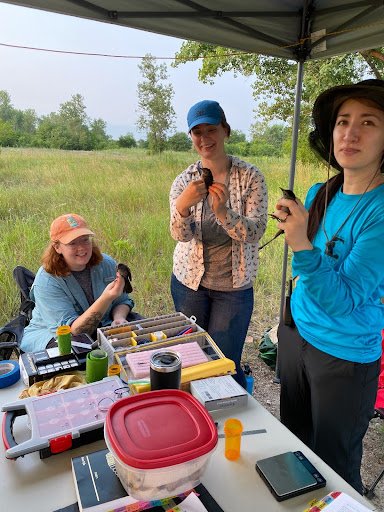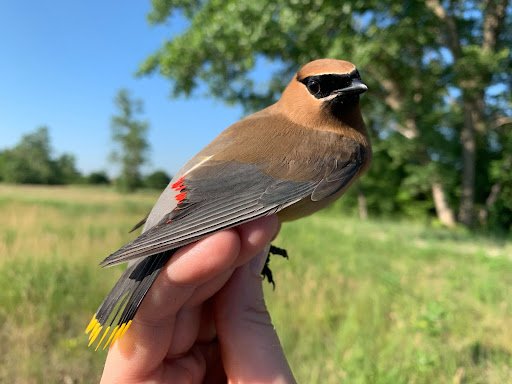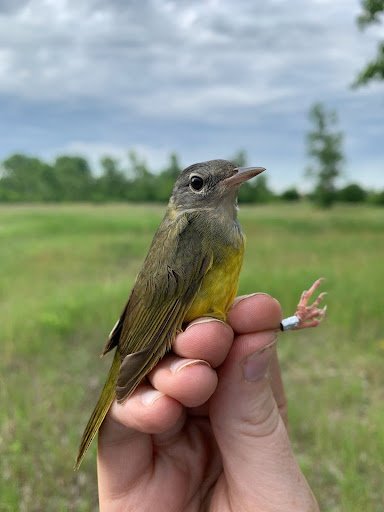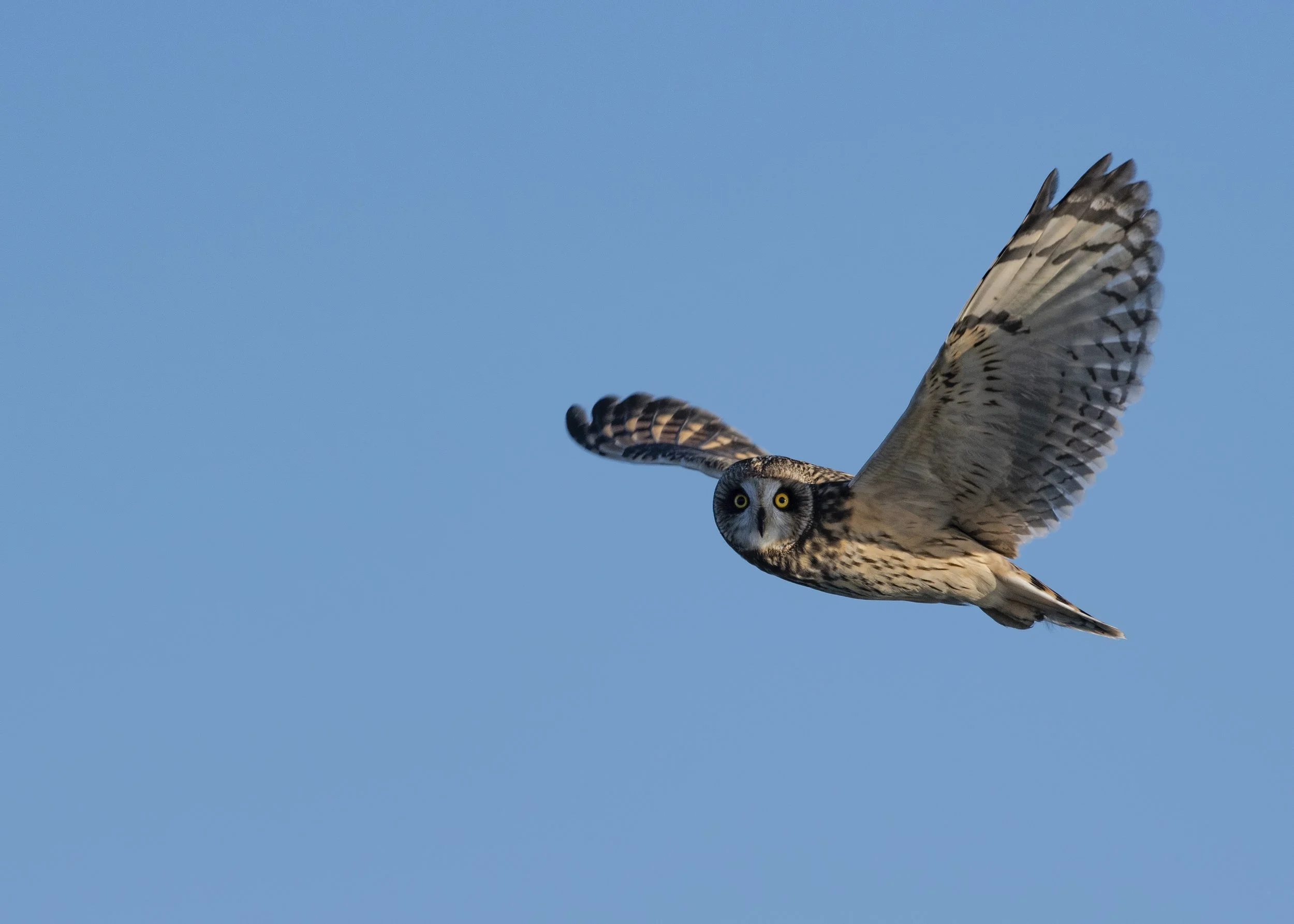Despite the scars that steel mills, factories, and chemical plants have left on the landscape, the Calumet region continues to be immensely critical for birds. Well over 250 species of birds rely on the region’s remaining habitats for migration, nesting, and overwintering. Public landowners have invested in revitalizing the area, as the shadow of irresponsible industrial practices has started to subside. Remarkably, a resilient ecosystem has been revealed.
The Chicago Ornithological Society has long recognized potential in the Calumet area for a new type of urban park — one that helps preserve not just avian biodiversity but all plants and wildlife that require wetlands as an ecosystem type. Additionally, we would like to see increased recreational opportunities for the surrounding community, which has lacked access to high quality outdoor spaces.














